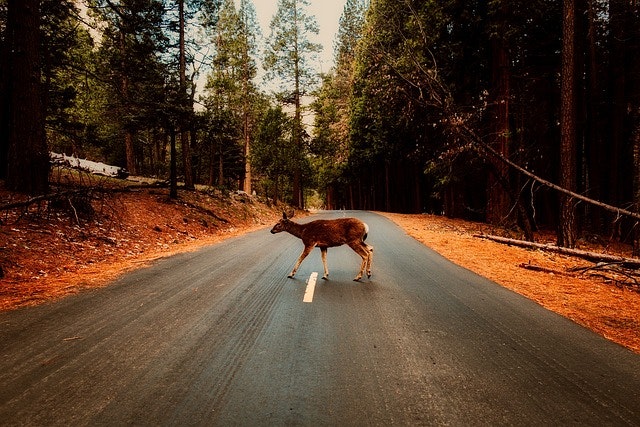
Deer Collision Safety Tips for Fall Driving
The fall season, with its vibrant foliage and cool air, brings much beauty, yet it also ushers in heightened risks on the road. Each year, deer collisions become a significant hazard from October to December, leading to over a billion dollars in damages nationwide and averaging $3,000 in repairs per incident. Fortunately, drivers can take proactive steps to safeguard themselves and their vehicles during these high-risk months.
Use Your High Beams Wisely
When driving at night, utilize your high beams when there's no oncoming traffic. This can help you spot a deer's reflective eyes from farther away, potentially giving you the extra seconds you need to react.
Know When Not to Swerve
If a deer suddenly appears in your path, brake firmly but try to stay in your lane. Swerving can lead to more severe accidents involving other vehicles, trees, or guardrails.
Be Mindful of Peak Activity Hours
During the fall season, deer are most active in the afternoon yet can be harder to see at dawn and dusk. Exercise extra caution when driving at these times, especially on rural roads or in wooded areas.
Heed the Signs
Deer crossing signs are not merely decorative—they indicate high-traffic areas where deer frequently move across the road. Reducing speed in these zones can give you more time to react to sudden appearances.
Use Your Seat Belt
Wearing your seat belt significantly reduces the chance of serious injury in the event of a collision, regardless of the circumstances.
Look for More Than One
If you see a deer cross the road, slow down and stay vigilant. Often, deer travel in groups, and others may swiftly follow the first one.
If a Collision Occurs, Take Proper Steps
Move your vehicle to a safe location and turn on your hazard lights. Call the police, avoid approaching the animal, and contact your insurance provider to report the incident.
While deer collisions pose a serious seasonal hazard, many of these incidents can be significantly reduced through heightened caution and preparedness. Stay alert and treat every rural road or wooded stretch as a potential risk zone. If you have questions about your auto insurance coverage or would like specifics on deer-related accidents, feel free to contact our office for detailed advice.
